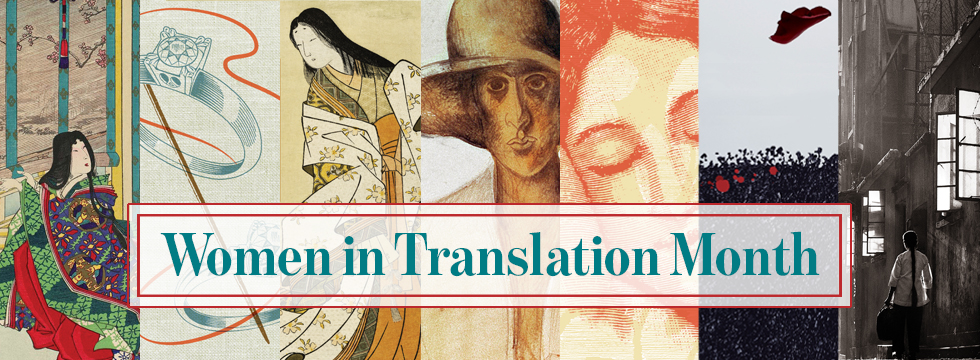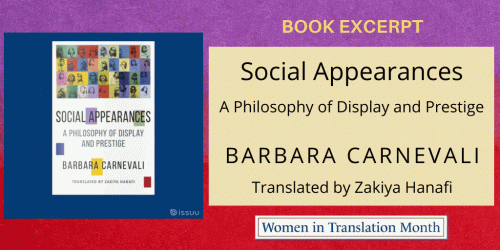Book Excerpt! The Pillow Bookfrom The Columbia Anthology of Japanese Essays: Zuihitsu from the Tenth to the Twenty-First Century

“The focused ramble of the traditional Japanese essay format called zuihitsu (literally, ‘following the brush’) has appealed to writers of both genders, all ages, and every class in Japanese society. Highly personal, these essays contain dollops of philosophy, odd anecdotes, quiet reflection, and pronouncements on taste. In running alongside the main tracks of Japanese literature, this broad collection of zuihitsu brims with idiosyncratic interest.”
~Liza Dalby, author of The Tale of Murasaki and East Wind Melts the Ice: A Memoir Through the Seasons
This week we are focusing on texts by women writers from the literary-rich period of Heian-era Japan (794-1185) as part of our Women in Translation Month feature. On Monday Gergana Ivanova, author of Unbinding The Pillow Book: The Many Lives of a Japanese Classic, discussed translating and teaching The Pillow Book, Sei Shōnagon’s eleventh century text that offers an intimate look at life in the Heian court. The Pillow Book is often considered the foundational example of zuihitsu, and in it, Sei Shōnagon offers flashes of images, swift pronouncements on manners and matters of taste, and glimpses of life at court. Today, we’re featuring Steven D. Carter’s translation of The Pillow Book from The Columbia Anthology of Japanese Essays: Zuihitsu from the Tenth to the Twenty-First Century.
Discover more writers from Heian-era Japan, and remember to enter this week’s drawing for a chance to win one of our featured books!








